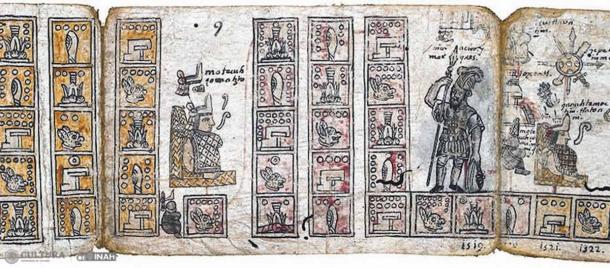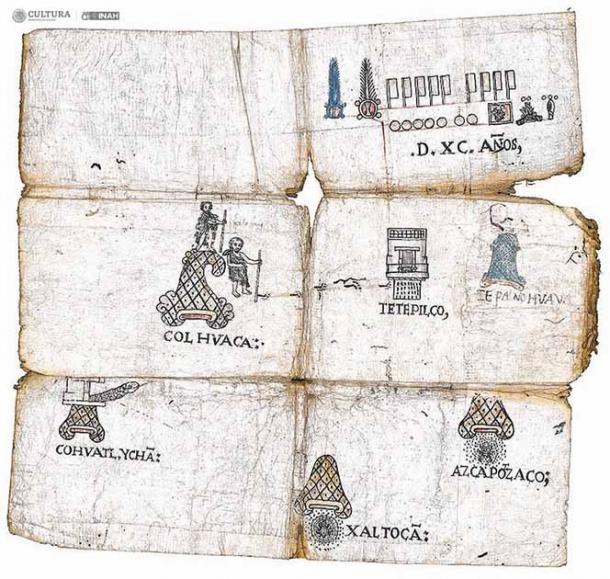In a groundbreaking discovery, the Mexican people have recovered three remarkable pictographic documents known as the Codices of San Andrés Tetepilco. These codices, authenticated to the transition period between the 16th and 17th centuries, offer a unique glimpse into the history and sociopolitical dynamics of this region. The acquisition of these cultural assets by the Mexican government marks a significant milestone, comparable to the authentication of the Mayan Codex of Mexico (formerly Grolier) six years ago.
The Significance of the Codices

The Codices of San Andrés Tetepilco are extraordinary in their preservation of the Mesoamerican scriptural tradition and their reference to the founding of San Andrés Tetepilco, as well as its entry into a new sociopolitical order during the early decades of the viceroyalty. These three documents, now part of the Collection of Mexican Codices at the National Library of Anthropology and History (BNAH), are a valuable addition to the approximately 550 Mesoamerican codices recognized worldwide, with the BNAH currently holding 200 of them.
The Provenance and Acquisition
The Codices of San Andrés Tetepilco had remained in the hands of a family for generations, who have now transferred ownership to the Mexican people. The acquisition was made possible through the efforts of various sponsors, including individuals and companies committed to the conservation and preservation of Mexican cultural heritage. The INAH AC (National Institute of Anthropology and History) played a crucial role in this endeavor, raising 9.5 million pesos (plus VAT) to secure the ownership of this documentary corpus.

The Content and Analysis
The Codices of San Andrés Tetepilco are classified as “mixed codices,” containing both indigenous paintings and texts in Nahuatl or Spanish, written with the European alphabet. Preliminary examinations have revealed that the documents were created on amate paper, with a layer of gesso, cochineal lacquer, plant-derived inks, and indigo used for the colors.
The most significant of the three documents is the Tetepilco Strip, which is composed of 20 folded screen sheets. This document narrates the history of Tenochtitlan, covering four key themes: the founding of the city in 1300 (with a 25-year gap), the record of the pre-Hispanic lords who governed it, the arrival of the Spanish in 1519, and the viceregal period until 1611. Notably, the Tetepilco Strip is considered a continuation of the Pilgrimage Strip or Boturini Codex, containing a similar period as the Aubin Codex, which spans from 1064 to 1607.
The Map of the Founding of Tetepilco is another significant document, providing historical-geographic information and records of place names, including Culhuacan, Tetepilco, Tepanohuayan, Cohuatlinchan, Xaltocan, and Azcapotzalco.

The Significance of San Andrés Tetepilco
San Andrés Tetepilco, once a distinct entity, is now lost within the urban area of the Iztapalapa municipality in Mexico City. During the periods covered by the recovered codices, the town was under the jurisdiction of Iztacalco. The documents provide valuable insights into the incorporation of Tetepilco into the history of Tenochtitlan, including the meeting between the tlatoani Itzcóatl and the tlacatecatl or chief of his army, Moctezuma Ilhuicamina, who had achieved the conquest of Tetepilco.
Conclusion
The recovery of the Codices of San Andrés Tetepilco is a remarkable accomplishment for the Mexican people, as it sheds light on a critical period in the country’s history. These documents, with their proven authenticity and connection to the transition between the 16th and 17th centuries, offer a unique opportunity to deepen our understanding of Mesoamerican history, culture, and sociopolitical dynamics. The acquisition of these cultural assets by the Mexican government is a testament to the nation’s commitment to preserving its rich heritage and making it accessible to the world.
